Description
What is AJI-NO-MOTO®?
AJI-NO-MOTO® Umami seasoning is a world renowned brand for Monosodium Glutamate (MSG). As a flavour enhancer, this seasoning is widely used in homemade dishes, hawker and restaurant foods as well as a variety of processed foods, frozen foods, soups, snacks, instant noodles, and many more.
What makes AJI-NO-MOTO® so great?
AJI-NO-MOTO® enhances the flavour in food, while reducing salt/sodium Intake in our daily diet as it is healthier than regular table salt. It also promotes protein digestion and nutrient intake of the elderly, all while avoiding wastage because a pinch is all it takes!


Inspirations in the Kitchen with AJI-NO-MOTO®
Frequently Asked Questions
MSG is a flavour enhancer/ Umami seasoning, made of the most abundant amino acid known as glutamic acid or glutamate for short, sodium and water. Glutamate is found naturally in protein-containing foods, such as meat, vegetables, poultry, and milk. For nearly a century, MSG has been used to bring out the best flavour in foods. Protein-containing foods, such as meat, vegetables, poultry, and milk contain Glutamate. The human body also produces glutamate naturally in large amounts. The muscles, brain, and other body organs contain about four pounds of glutamate. Breast milk contains 6 times the amount of Glutamate of cow’s milk.
MSG is made from natural fermentation of tapioca or sugar cane, followed by the neutralisation and crystallisation process creating the final product of pure, white crystal that dissolves easily and blends well in many foods.
Yes. MSG has been used for more than a hundred years and is one of the most studied of all food ingredients. For more than four decades, the Food and Drug Administration (FDA) has repeatedly confirmed MSG’s safety, placing it on the list of substances known as “Generally Recognized As Safe” (GRAS), right along with sugar, baking powder, salt, and pepper.
There is no limitation for the use of MSG as a food additive because scientific and regulatory bodies such as the Joint FAO/WHO Expert Committee on Food Additives (JECFA)* placed MSG in the safest category “Acceptable Daily Intake (ADI) not specified” based on the extensive scientific data.
On top of that, MSG is a self-limiting substance. Adding too much MSG can result in a decline in palatability and is economically wasteful.
Yes, MSG is safe for consumption by the general population, including children and pregnant women, as affirmed by scientific and regulatory authorities worldwide, including the Food and Drug Administration (FDA), the American Medical Association (AMA), the European Commission Scientific Committee for Food, and the Joint Expert Committee on Food Additives (JECFA).
No. According to the American College of Allergy, Asthma and Immunology, MSG is not an allergen. The U.S. Food and Drug Administration has found no evidence to suggest any long-term, serious health consequences from consuming MSG. While some people might be sensitive to MSG, this is similar to sensitivity towards any types of foods and food ingredients. There are some reports that mild, temporary reactions to MSG may occur in a small portion of the population, based on tests with a large dose of MSG in the absence of food.
There is no scientific support that consumption of any type of food contributes to baldness or hair loss. Instead, baldness or hair fall may be caused by several factors, namely: Genetic; stress and social pressures; medication; other hair related factors, for example, scalp and hair infection from fungi, and more.
Chinese restaurant syndrome describes transient discomfort some people may feel after ingesting certain foods and beverages. In 1987, JECFA concluded that “Properly conducted double-blind studies among individuals who claimed to suffer the syndrome did not confirm monosodium glutamate as the causal agent”. (Joint FAO/WHO Expert Committee on Food Additives. L-glutamic acid and its ammonium, calcium monosodium and potassium salts. In Toxicological Evaluation of Certain Food Additives and Contaminants. WHO Food Additives Series No. 22, New York: Cambridge University Press, pp. 97-161, 1988.) This conclusion was affirmed by a comprehensive review and strictly controlled study at the University of Western Sydney in 1993. (Tarasoff L, Kelly M. F. Monosodium L-glutamate: a double blind study and review. Food Chemical Toxicology, 31: 1019 •1035, 1993.
There is no scientific support for this claim; Thirst happens naturally when body fluid control is imbalanced caused by severe loss of blood; sweat during a very strenuous exercise; or high sodium intake. As MSG contains only 12% of sodium, compared to table salt which contains approximately 40%, paired with the fact that MSG usage in cooking can be far less than that of salt, the thirst-response to MSG if any should far less than that to salt.
No. Migraine headaches are severe, often debilitating headaches. While there are many theories about what causes migraines, such as heredity, neurological brain disorder, and blood vessel disorders, there are no double-blind, placebo controlled studies linking MSG to migraines.

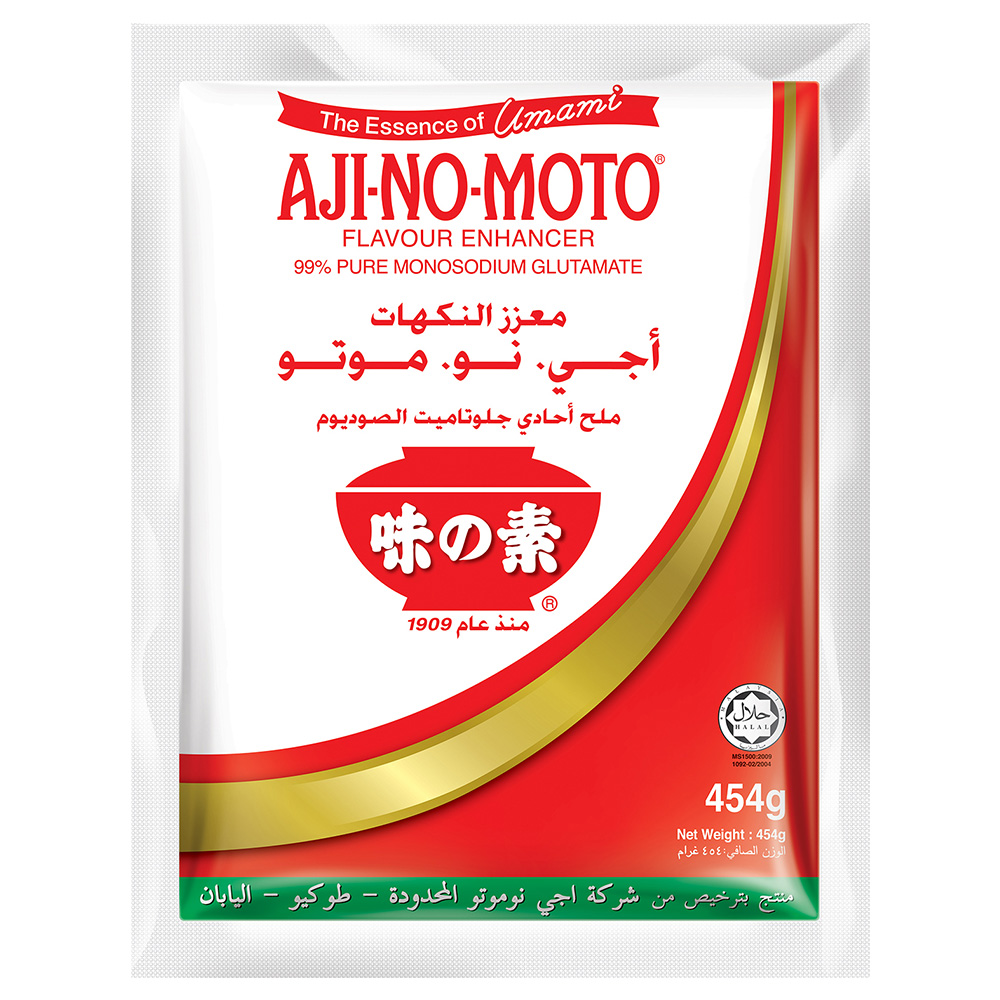



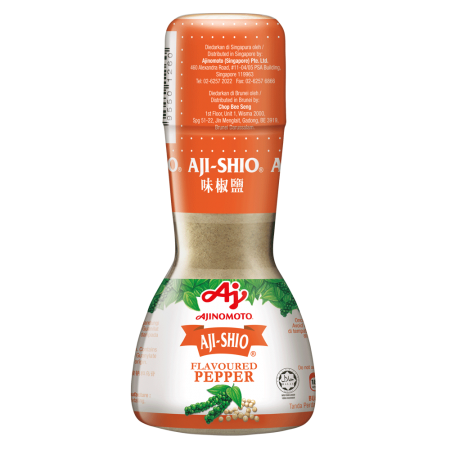

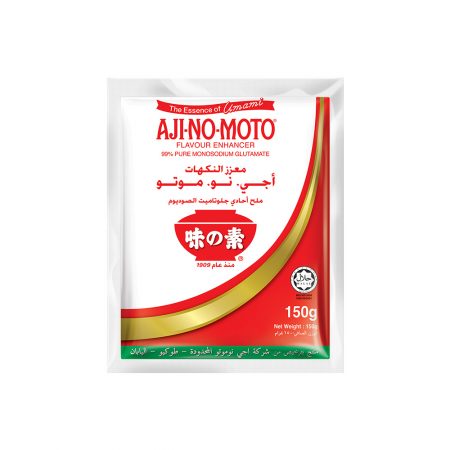

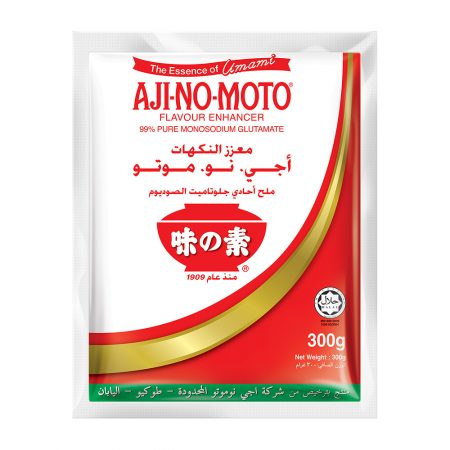

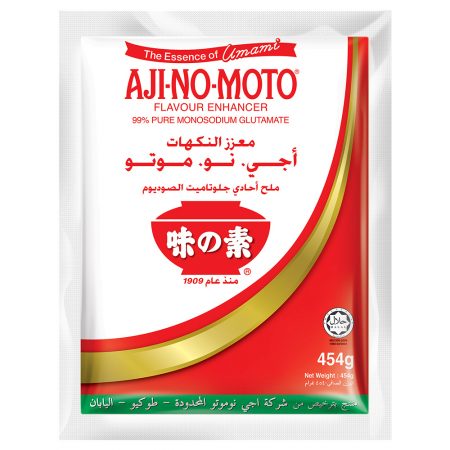
Reviews
There are no reviews yet.